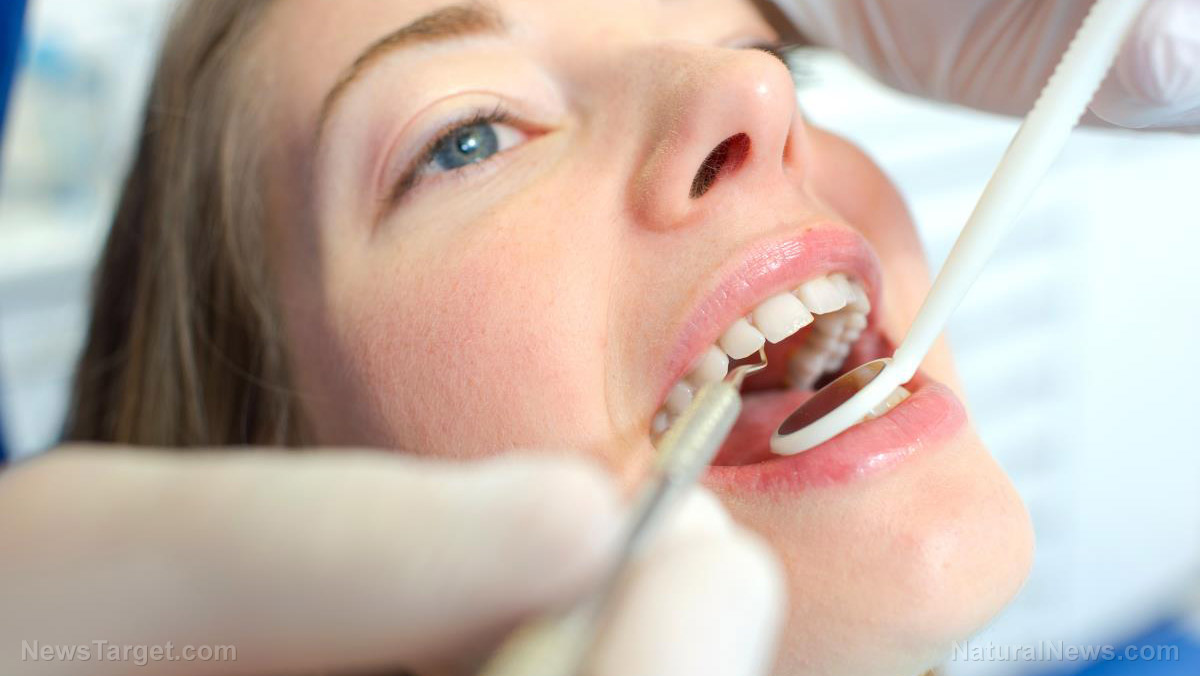
The Agency for Toxic Substances and Disease Registry ranks mercury third on its list of the most toxic elements or substances on the planet. Despite this, approximately 50 percent of a dental amalgam IS mercury. This is because mercury can bind the alloy particles that make up the rest of the filling together. It also contributes to the durability of a dental filling.
Mercury toxicity and chronic diseases
Mercury in dental amalgams is released in the form of vapor and can be inhaled and absorbed by the lungs. Studies indicate that chronic exposure to mercury, even at low levels, can cause the following:
- Cardiovascular conditions. Cardiac toxicity – damage to the heart by harmful chemicals – often does not exhibit symptoms until months or years later. If the damage is severe, it can cause congestive heart failure, a progressive condition whose symptoms include fatigue, shortness of breath, weight gain, or even notable discomfort while lying on your back. Researchers are now studying the relationship between mercury and other cardiovascular diseases, such as hypertension, coronary heart disease, and myocardial infarction.
- Reproductive diseases. Mercury has been linked to reduced sperm count and other infertility issues. It can also cause premenstrual syndrome and spontaneous abortion. Pregnant women exposed to mercury vapor are likely to bear children with severe birth defects.
- Neurological conditions. It was in 1956 that what became known as the Minamata disease was discovered in Japan's Kyushu Island. After residents of the island ingested fish and shellfish contaminated with mercury, they started to exhibit symptoms of neurological illness that eventually led to their death. Those symptoms included uncontrollable trembling, loss of motor control, speech impairment, sensory disturbance, blindness, mental retardation, and coma. Additionally, infants whose mothers ingested mercury-contaminated food developed mental retardation, peripheral neuropathy, and cerebral palsy. It was an eye-opening incident to the very serious dangers of mercury.
Dental fillings increase exposure to mercury and blood mercury levels
A study by researchers from the University of Georgia found that the blood mercury levels of people with eight dental fillings were twice as high as those with no fillings. Approximately 25 percent of Americans have 11 or more fillings; this is an alarmingly large group of people that could be exposed to harmful mercury levels.
It is not only the patients who have mercury embedded in their teeth that face the dangers of this toxic substance. Dentists and their staff are also exposed to mercury vapors every time they handle the fillings.
The good news is that mercury-free dental fillings are now available. Still, the question remains: Why is the public not adequately warned about the dangers of a very common and often necessary dental procedure?
When people go to the dentist, they expect moderate discomfort, not one of the most toxic substances on earth to be placed in their mouths.
By the year 2020, the World Health Organization says that almost three-quarters of all deaths worldwide will be due to chronic diseases. It is time for the proper authorities to take action on the continued use of mercury in dental fillings and help arrest the steady increase in chronic conditions that burden families and communities.
If you would like to learn more about the bad effects of mercury found in dental fillings, visit MercuryScienceNews.com.
Sources include:
Please contact us for more information.






















